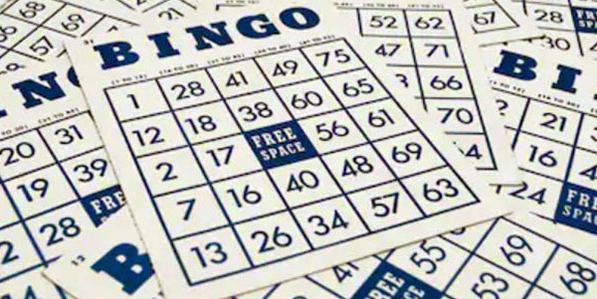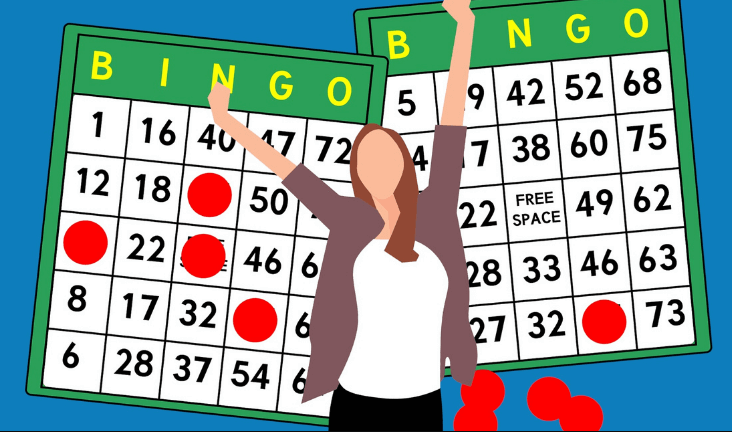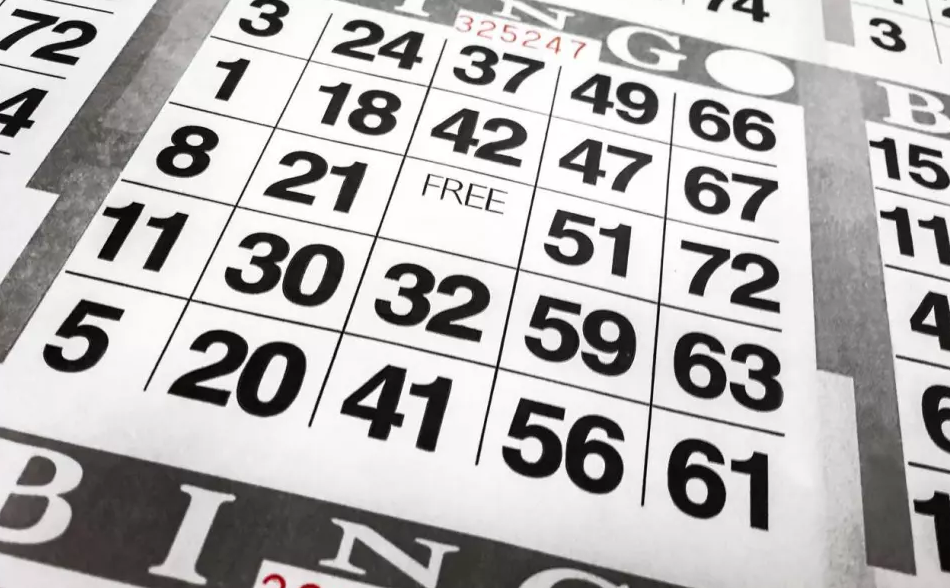The odds of winning a game of bingo depend on several factors such as the number of players, the game’s variation, and the specific rules of the game. In general, bingo is a game of probability where players mark off numbers on cards as they are drawn randomly. The winner is usually the first person to mark off all their numbers or complete a specific pattern, depending on the game rules
Understanding the Odds
Probability Basics
To grasp the odds of winning at bingo, one must first understand the fundamentals of probability. Probability measures the likelihood of an event occurring, expressed as a number between 0 and 1, where 0 indicates impossibility and 1 guarantees certainty. In bingo, this translates to assessing the chances of drawing specific numbers or patterns.
Calculating Odds in Bingo
Calculating odds in bingo revolves around understanding the total number of possible outcomes. For instance, in a standard 75-ball bingo game, the probability of the first ball being any specific number is 1 in 75. As the game progresses without a winner, the odds of winning increase with each number called. Advanced calculations might involve combinations and permutations, especially in games with specific patterns.

Factors Affecting Bingo Odds
Number of Players
The number of participants significantly impacts one’s chances of winning. More players mean more cards in play, thus reducing the probability of any single card winning. For example, in a game with 100 players each holding a single card, the odds of winning are 1 in 100, assuming all cards have an equal chance.
Variations in Bingo Games
Different bingo game variations also affect the odds. Traditional 75-ball and 90-ball games have different probabilities due to the number of balls and potential patterns. For example, a game requiring a full-house in 90-ball bingo is less likely to be won early in the game compared to a single-line win in 75-ball bingo.
Frequency of Games
The frequency of games plays a subtle role in the odds. Regular players, engaging in numerous games, theoretically increase their overall chances of winning at least once. However, each individual game remains independent in terms of odds.
Strategies to Increase Winning Chances
Game Selection Strategies
Choosing the right game can improve winning chances. Opting for games with fewer players, especially during off-peak times, increases the odds. Also, games with larger prizes often attract more players, thus reducing individual winning chances.
Tips for Improving Bingo Skills
Improving bingo skills involves both attention and experience. Players should focus on games that suit their pace and budget. Practicing with fewer cards initially can help maintain better control and gradually, as proficiency develops, one can manage more cards effectively.
Mathematical Analysis
Statistical Approach to Bingo
A statistical approach to bingo involves analyzing past games to discern any patterns or frequencies in number calls. Although bingo numbers should appear randomly, understanding trends might offer a slight advantage in predicting future outcomes.
Case Studies and Examples
Examining case studies of bingo games can provide insights into winning probabilities. For instance, analyzing games with varying player counts and card distributions can highlight how these factors influence the odds.
Psychological Aspects of Playing Bingo
The Role of Luck and Skill
While bingo is largely a game of chance, skill elements such as attention, pattern recognition, and game selection play a role. Understanding and accepting the role of luck can enhance the playing experience, reducing frustration and promoting enjoyment.
The Social Aspect of Bingo
Bingo’s social aspect cannot be overlooked. It’s not merely a game of numbers and probabilities but also a communal activity where interaction and enjoyment are as significant as the outcome of the game. This social interaction often enhances the overall experience, making bingo more than just a game of odds.

Mathematical Analysis
Statistical Approach to Bingo
Delving into the statistical approach to bingo, players apply mathematical principles to analyze and predict outcomes. The law of large numbers, a key statistical concept, suggests that as one plays more games, the number of wins will approach the expected value. For example, if a player’s odds of winning a single game are 1 in 100, over a large number of games, they can expect to win approximately once every 100 games. This approach requires a deep understanding of probability theory and statistical analysis, as well as a willingness to engage in long-term play to see these averages play out.
Case Studies and Examples
Case studies in bingo can provide concrete examples of how odds play out in real scenarios. For instance, a study of a 75-ball bingo game with 500 players, each holding 3 cards, can illustrate the complexities of probability. The odds of winning for any single card in this scenario are significantly lower than in a game with fewer players or cards. By analyzing such case studies, players can gain insights into the impact of player count, card distribution, and game frequency on their winning chances.
In terms of specific numbers, if a player participates in a weekly bingo game with an average of 100 players, each holding an average of 4 cards, their yearly odds of winning can be calculated. Assuming each game is independent, and each card has an equal chance of winning, the player’s probability of winning at least once over the course of a year can be determined using binomial distribution formulas.
Mathematical Models in Bingo
Players also use mathematical models to optimize their play. These models might include algorithms for selecting which games to play based on factors like cost, prize value, number of players, and game frequency. For instance, a model could suggest that playing in a game with a higher ticket price but fewer players may offer better value for money than a cheaper game with many participants. This involves balancing the cost of tickets against the probability of winning and the potential prize money.
Advanced Probability Techniques
Advanced probability techniques, such as Markov chains and Monte Carlo simulations, can also be applied to understand and predict bingo outcomes. These techniques allow for a more nuanced analysis of the game, considering various factors like the likelihood of certain numbers being called and the evolution of the game state after each call.

Psychological Aspects of Playing Bingo
The Role of Luck and Skill
In the realm of bingo, the interplay between luck and skill shapes the player’s experience. Luck dominates due to the random nature of number calling. However, skill manifests in areas like attention to detail and speed in marking cards. For instance, two players with an equal number of cards might have different winning chances based on their alertness and speed. This blend of luck and skill creates a unique dynamic, where players enjoy the thrill of chance while also exercising their cognitive abilities.
Decision-Making Under Uncertainty
Playing bingo involves making decisions under uncertainty. Players must decide how many cards to play with, balancing the potential for higher winnings against the risk of missing numbers. This decision-making process often involves assessing one’s own ability to track multiple cards. For example, choosing to play with 10 cards might increase the odds of winning but also raises the likelihood of errors, especially for less experienced players.
Emotional and Psychological Impact
Bingo also has emotional and psychological impacts. The anticipation and excitement of potentially winning can produce a rush of adrenaline and dopamine, contributing to the game’s allure. Conversely, the near-misses and losses can lead to frustration or the desire to continue playing, often described as the ‘gambler’s fallacy’ – the mistaken belief that a win is ‘due’ after a string of losses.
Social Interaction and Community
The social aspect of bingo is pivotal. It’s not just a game; it’s a social event that brings people together. The shared experience of playing, celebrating wins, and commiserating losses fosters a sense of community. For example, in a bingo hall, regular players might form friendships and support networks, enhancing the game’s value beyond mere gambling.
Coping with Loss and Managing Expectations
Managing expectations and coping with loss are essential psychological aspects of playing bingo. Understanding that winning is primarily based on luck helps players maintain a healthy perspective. For example, setting a budget for bingo spending and sticking to it can help manage expectations and prevent the pursuit of losses, which is crucial for responsible gaming.